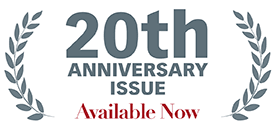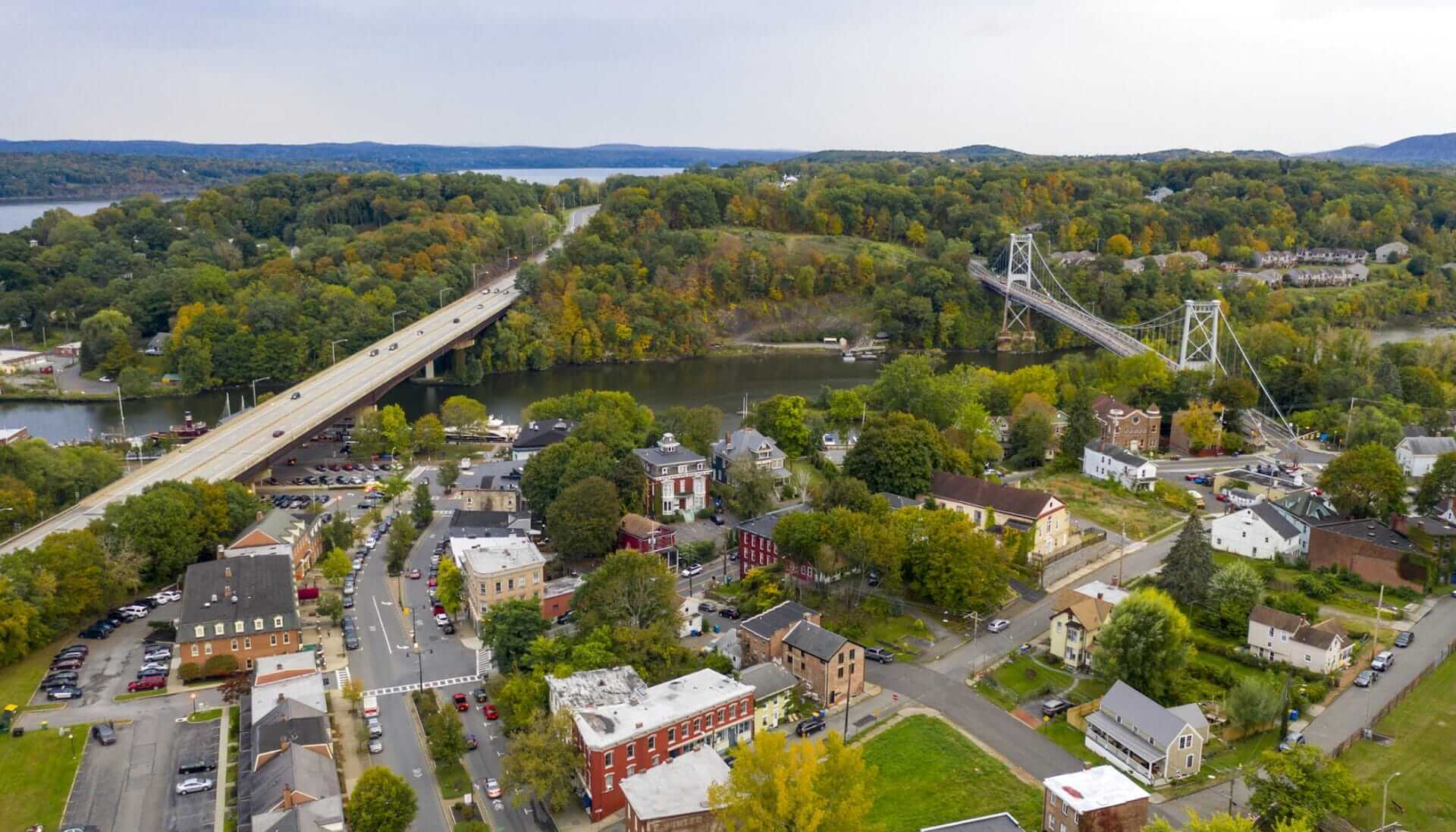
Touring Ulster County’s Cosmopolitan Center
Everyone focuses on something different when you mention Ulster County, NY. Some people coo: “Oh, the stone houses.” Others immediately think about the county’s stunning natural beauty. The Shawangunk Ridge, home of world-class rock climbing and Minnewaska State Park, attracts a steady stream of adventure junkies from New York City and beyond. Still others love the funky little towns and focus on farm-fresh food. Me? I love it all, but often think of the castle-like Mohonk Mountain House resort as the epitome of Ulster County cool.
And then there is Kingston— the county’s only city, nestled on the banks of the Hudson River 90 miles north of New York City. People are wildly divided over what Kingston is all about, too. Three distinct neighborhoods—the historic uptown Stockade district; the Midtown arts district and the Downtown Rondout waterfront area—are so widely different it is sometimes hard to imagine they are in the same country, let alone the same upstate city. But they all come together in a glorious mix of history and hip happenings and places.
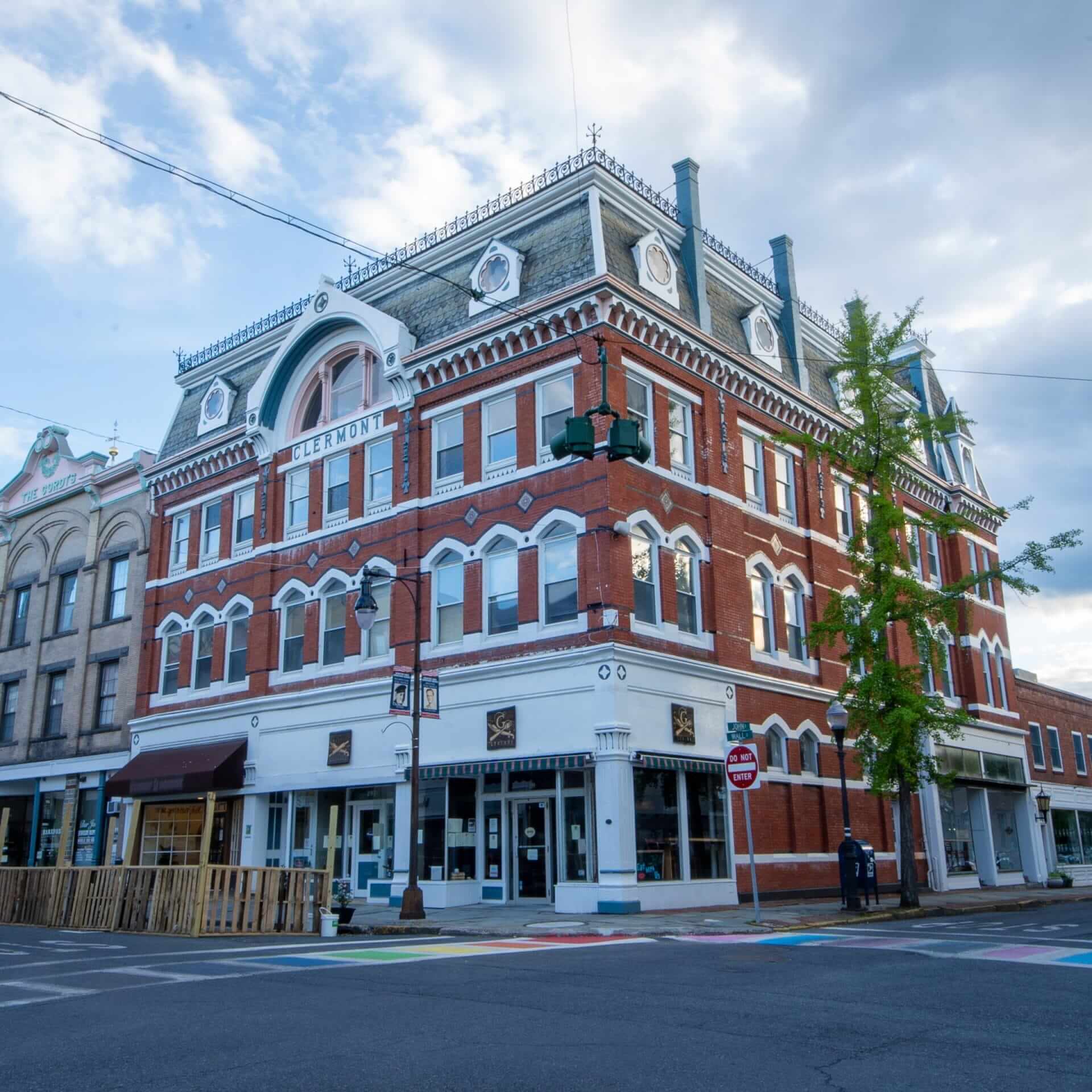
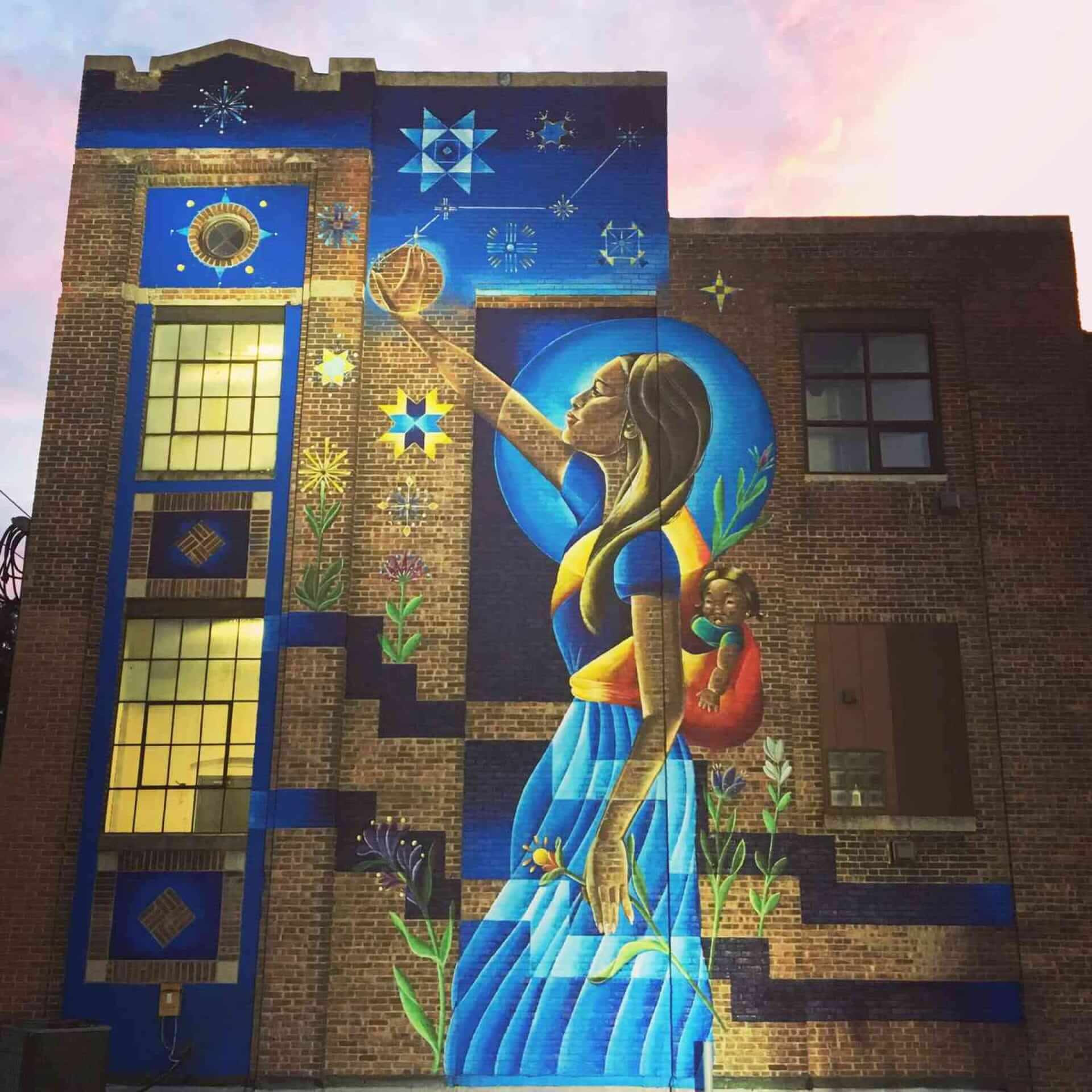
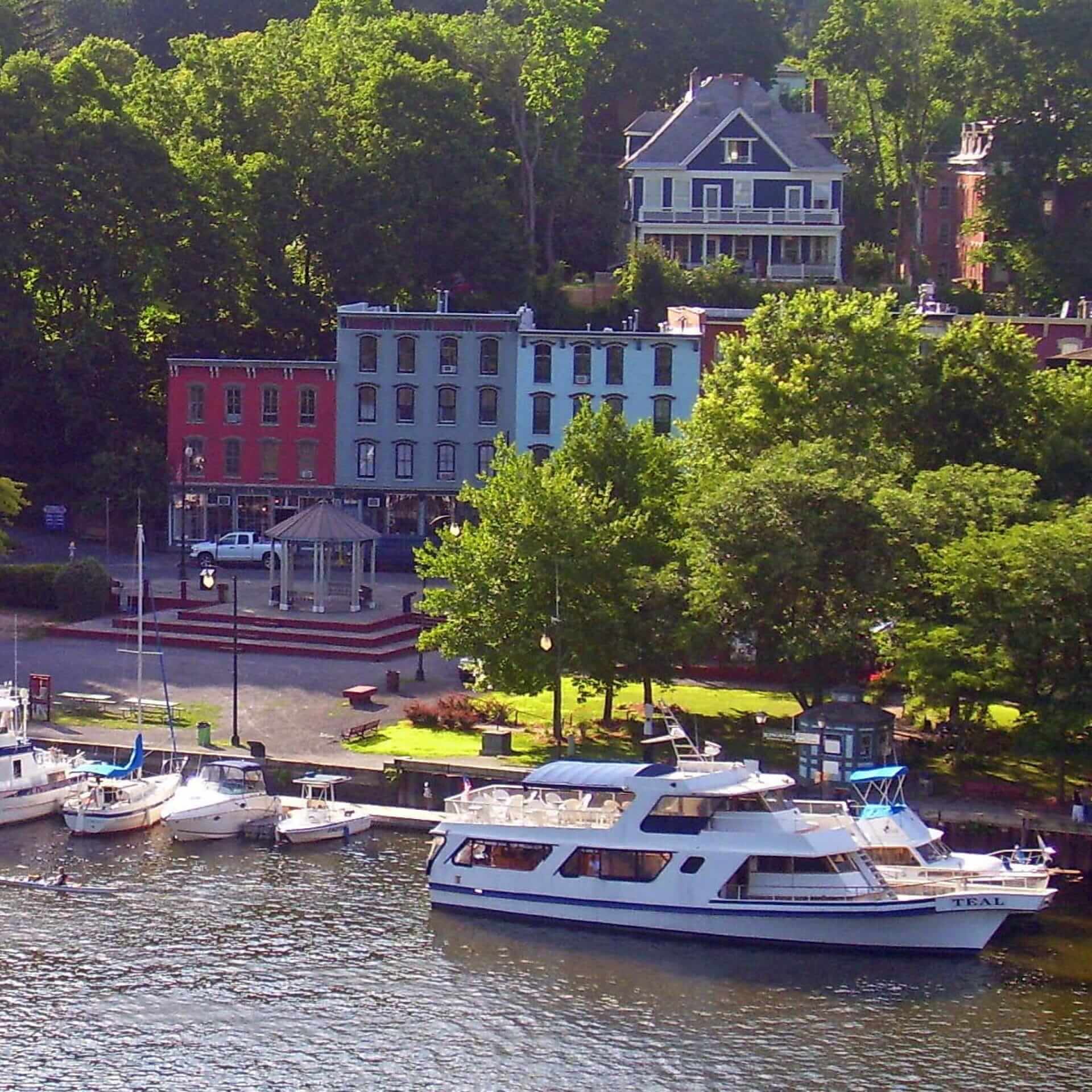
I started my day uptown. A quick word to the wise: bring quarters—and lots of them—if you want to park on these cute cobblestoned streets. The Kingston Stockade National Historic District, comprising eight blocks, is the original site of the mid-17th century Dutch settlement of Wiltwyck. While the walls that protected the Dutch from the Esopus Native Americans are long gone, today it is bustling old city with a touch of European flair.
The most important year in Kingston’s history is 1777; This is when the city became the first capital of New York State. The state constitution was ratified on April 20 and the first governor, George Clinton, was sworn in on July 30, 1777. But on October 13, most of the city was burned to the ground by the British troops who were advancing up the Hudson River.
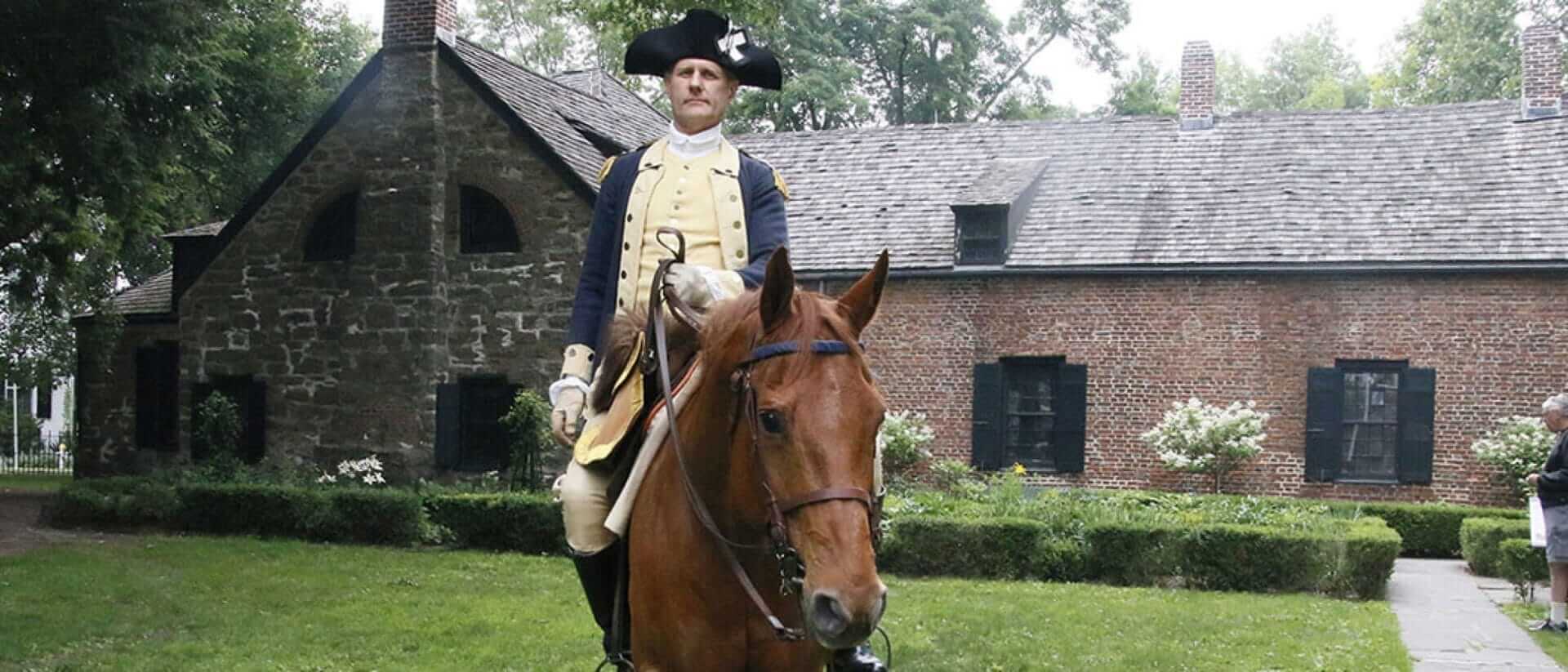
I’ve walked past the Senate House State Historic Site many times, but this time I decided to take a tour. The $7 ticket included admission to a small museum. Parts of the actual Senate House date back to 1676 and you can tour several rooms. I always love old Dutch kitchens: the massive fire place on the floor … the oversized kitchen “utensils.” Our cheery guide filled us in on all sorts of fun history from . Short and sweet—the tour took about 20-25 minutes— I highly recommend stopping at the Senate House to get your bearings before rambling around the rest of the Stockade.
I wandered past “The Four Corners.” This is the only intersection in the U.S.—at the crossroads of John and Crown streets— where 18th century houses stand on all four corners. But the Old Dutch Church is the grand centerpiece of the neighborhood. Originally founded in 1659, the current structure was built in 1852. I’ve attended a services here in the past and remember oogling the oversized Tiffany stained-glass window. The church was locked on this Friday morning, but I enjoyed rambling around the graveyard and noted several families with young children eating at several of the picnic tables.
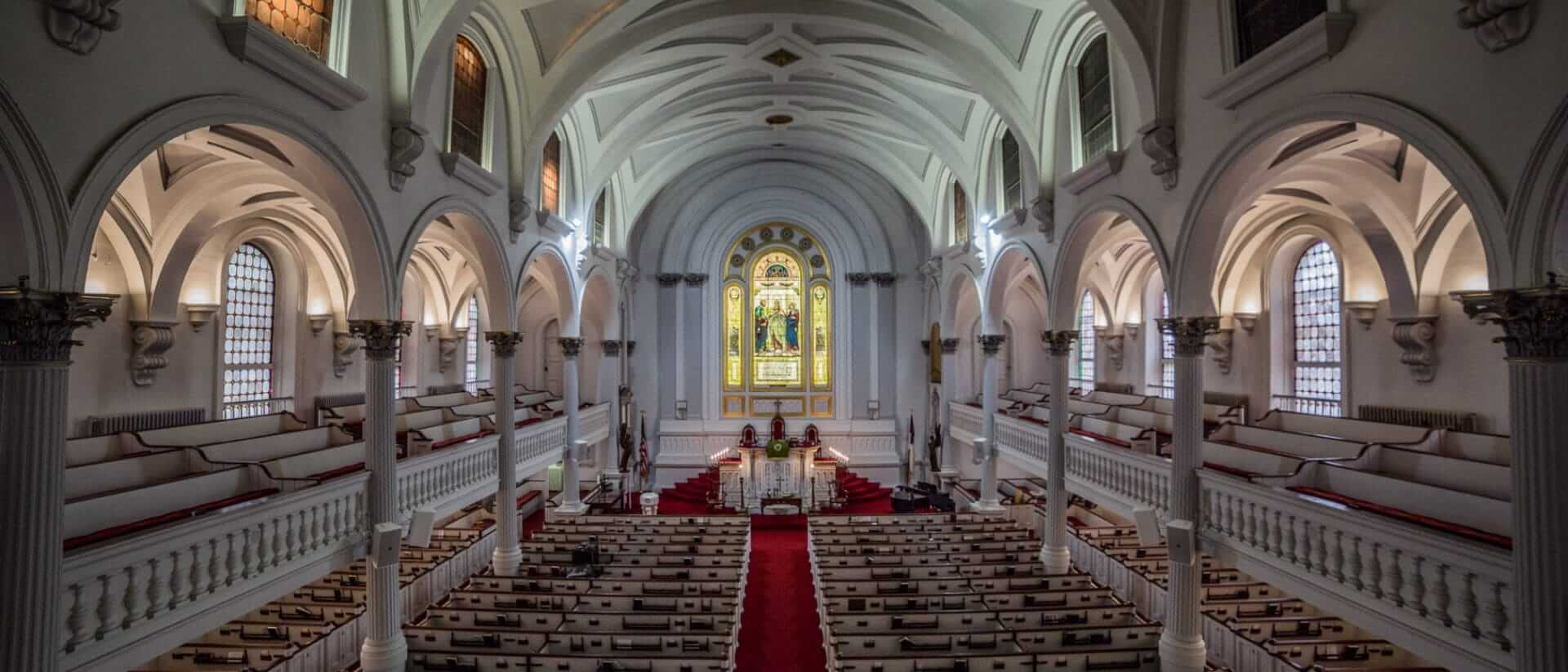
Next, I stopped by the Volunteer Fireman’s Hall and Museum. Opened in 1982, this all volunteer organization does a nice job of preserving the county firefighter history in the original Wiltwyck Fire Station. Trustee Christine Bruce showed me around and assured me that the three vintage fire trucks we looked at “still run just fine.” She was particularly excited to show off the newly restored statue of Chief Weber, who ran the Fire Station for several decades in the early 20th century.
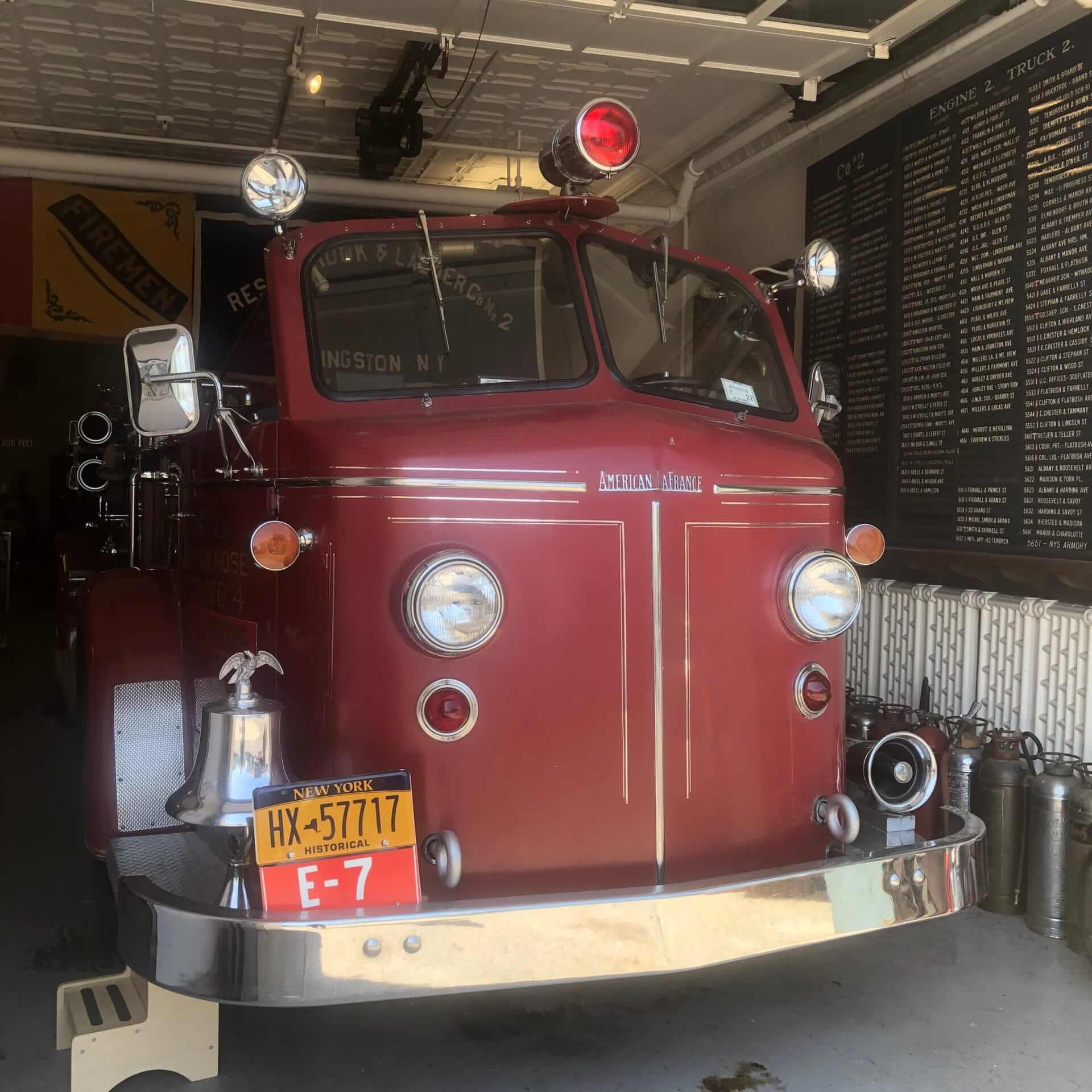
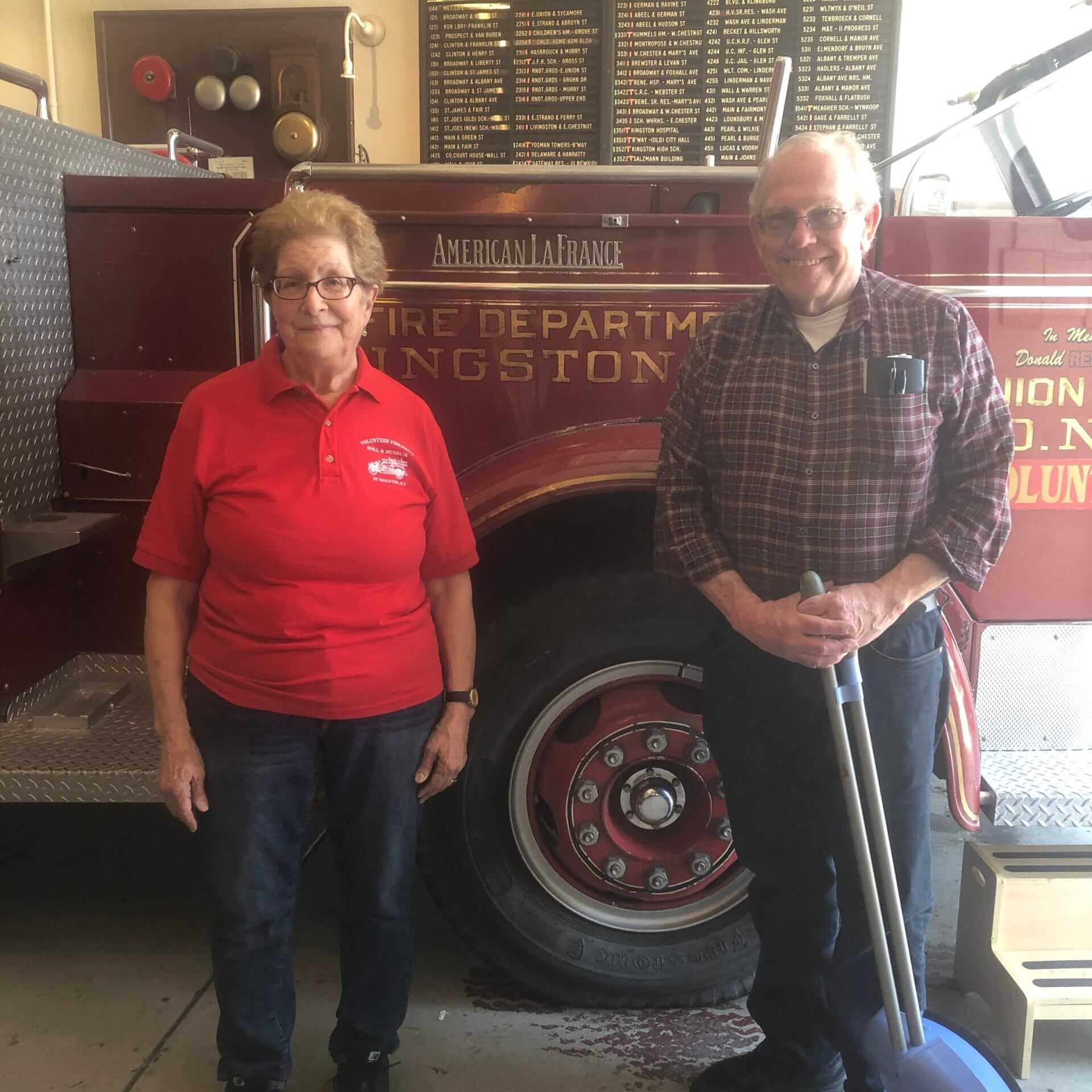
and President Billy Knowles.
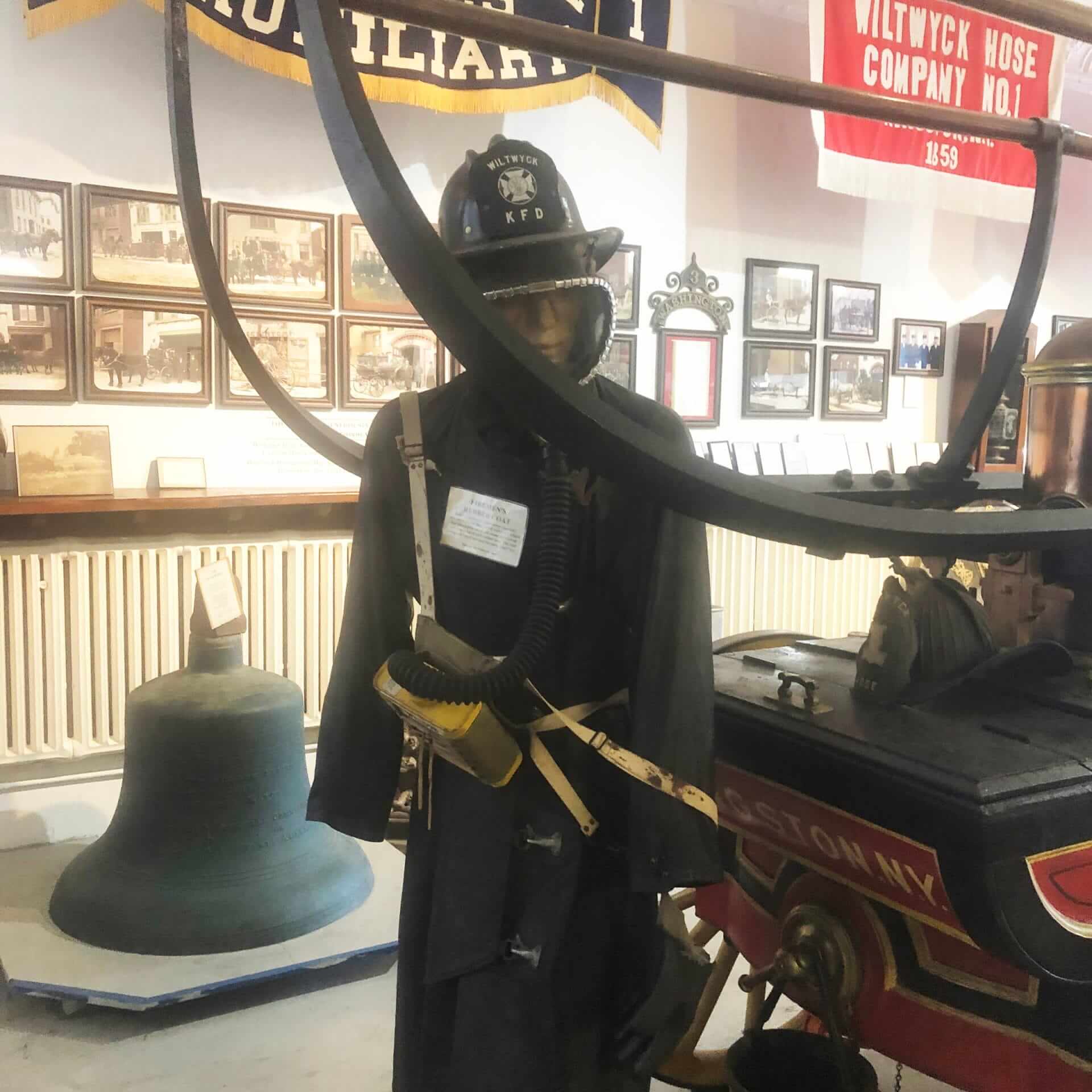
I was starving at this point, and I just happened to wander past the adorable Lunchbox, which bills itself as “Ulster County’s Smallest Restaurant.” Perhaps the word restaurant is overstating matters—it’s actually walk-up window with two tiny tables outside. Co-owner and chef Sean Miller does it all, sticking his head out to chat with a steady stream of tourists and regulars. “It’s getting warm out there,” he told me. “The people need a cold soup. They need my gazpacho.” And indeed, several customers seemed almost giddy to realize that the cold vegetable soup was on the menu. A new menu is posted daily, featuring a variety of soups, salads, sandwiches and baked goods. The Lunchbox is open from 11-4 on weekdays. Across the street is Le Canard Enchaine, Kingston’s celebrated French bistro. Specialities include garlic snails, duck confit and the onion soup. I’ve dined here, and ooh la la, I can ensure that the atmosphere rates just as highly as the food. In need of a sweet treat, I was delighted to find Sweet Maresa’s bakery on Wall Street, spanking clean with beautifully-decorated baked goods. The Macaroon is front and center (and oh so colorful) here, but I happily opted for a chunky walnut and chocolate chip cookie.
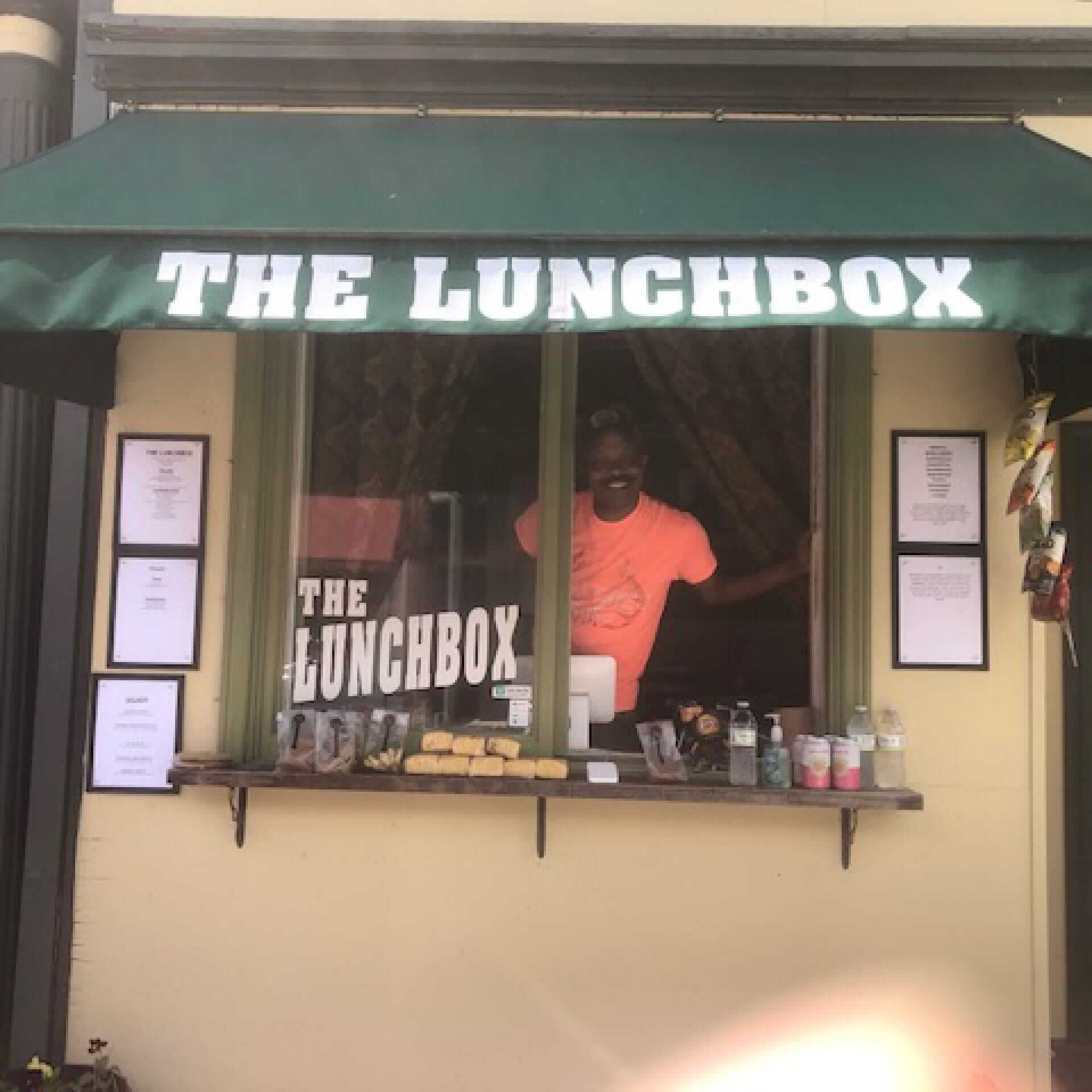
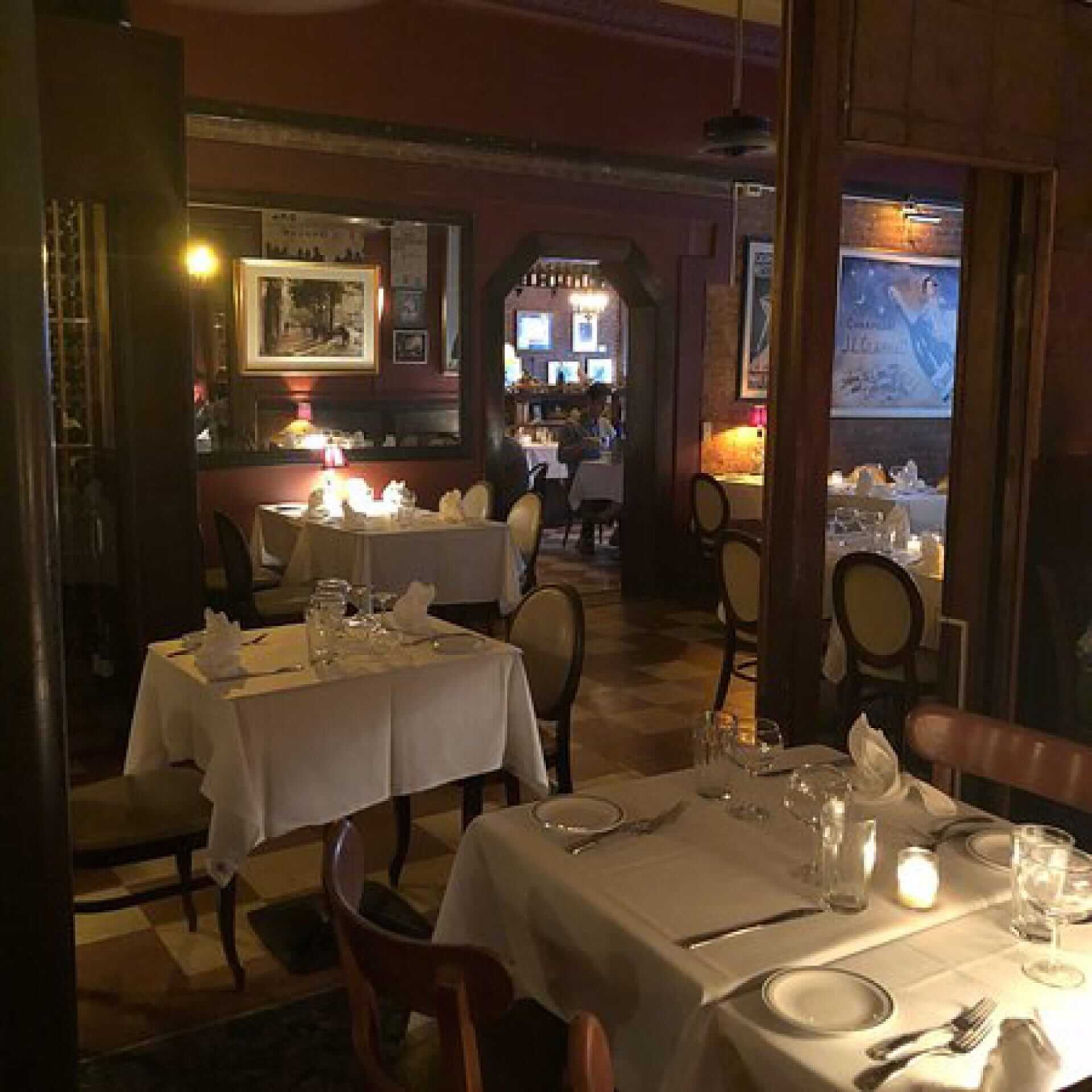
Locals are buzzing about Chleo, a new wine bar that opened earlier this year on the corner of John and Fair streets. The global wine list is enhanced with an inventive, locally-sourced menu; food is prepared over an open fire.
Midtown Kingston was once the city’s thriving business hub and still retains its industrial feel. While visitors have long gone to the popular UPAC (the Ulster Performing Arts Center), a grand “show palace” with 1500 seats, the rest of the neighborhood is starting to fill in with hip restaurants and bars. I stopped by Dear Kingston, a new neighborhood craft beer bar, opened by Eric Sturniolo, a home brewer and former beer blogger. I plopped myself at the bar, ordered an IPA and a plate of pierogis and took in the scene: moms with small children, a pair of heavily tattooed bikers, a couple in their 70s. Everybody fit in. A vast, all-American beer selection, with 14 rotating taps going at all times, should please even the pickiest beer snob, while the large, sparse backyard with picnic tables and corn hole is helping Sturniolo achieve his “beer garden” dream.
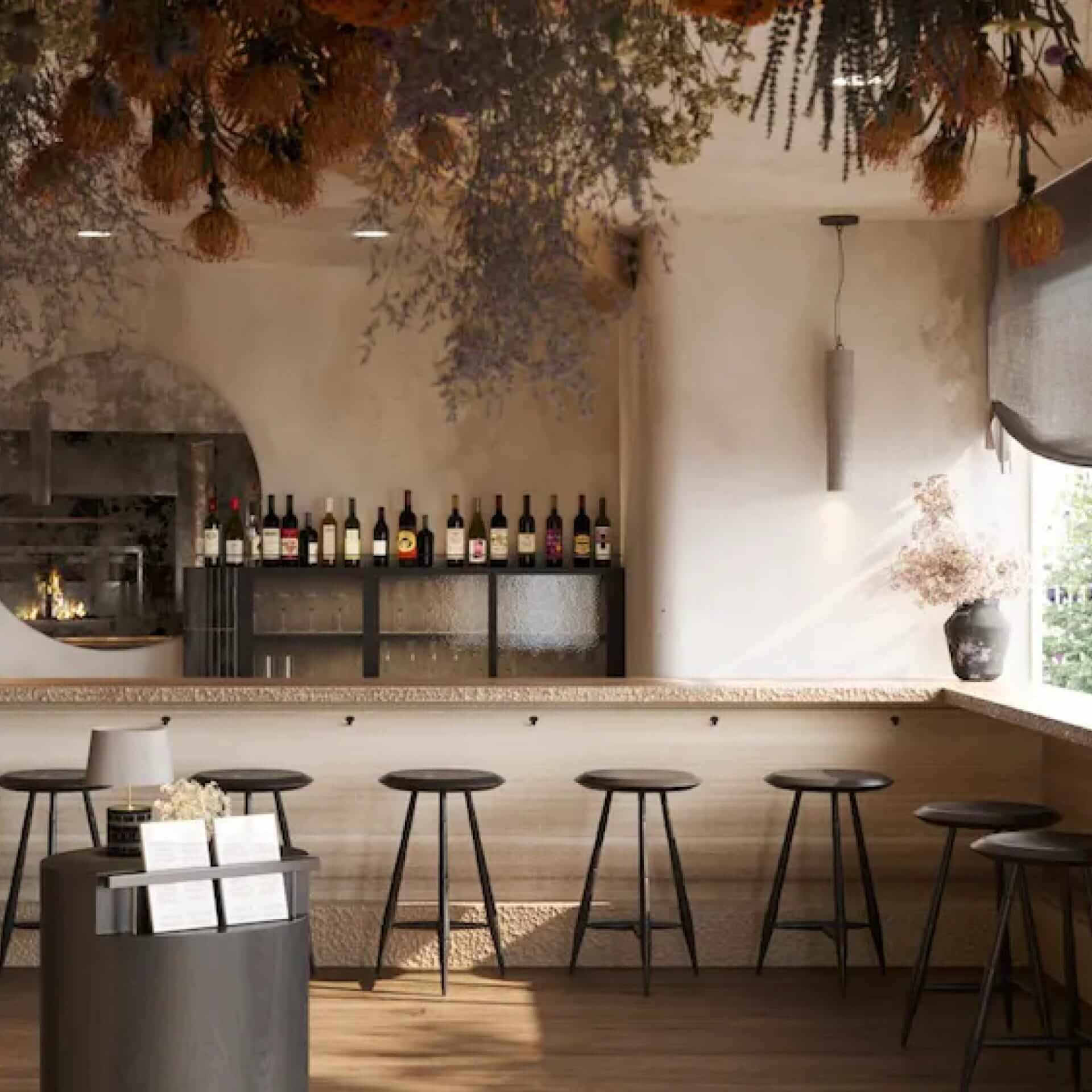
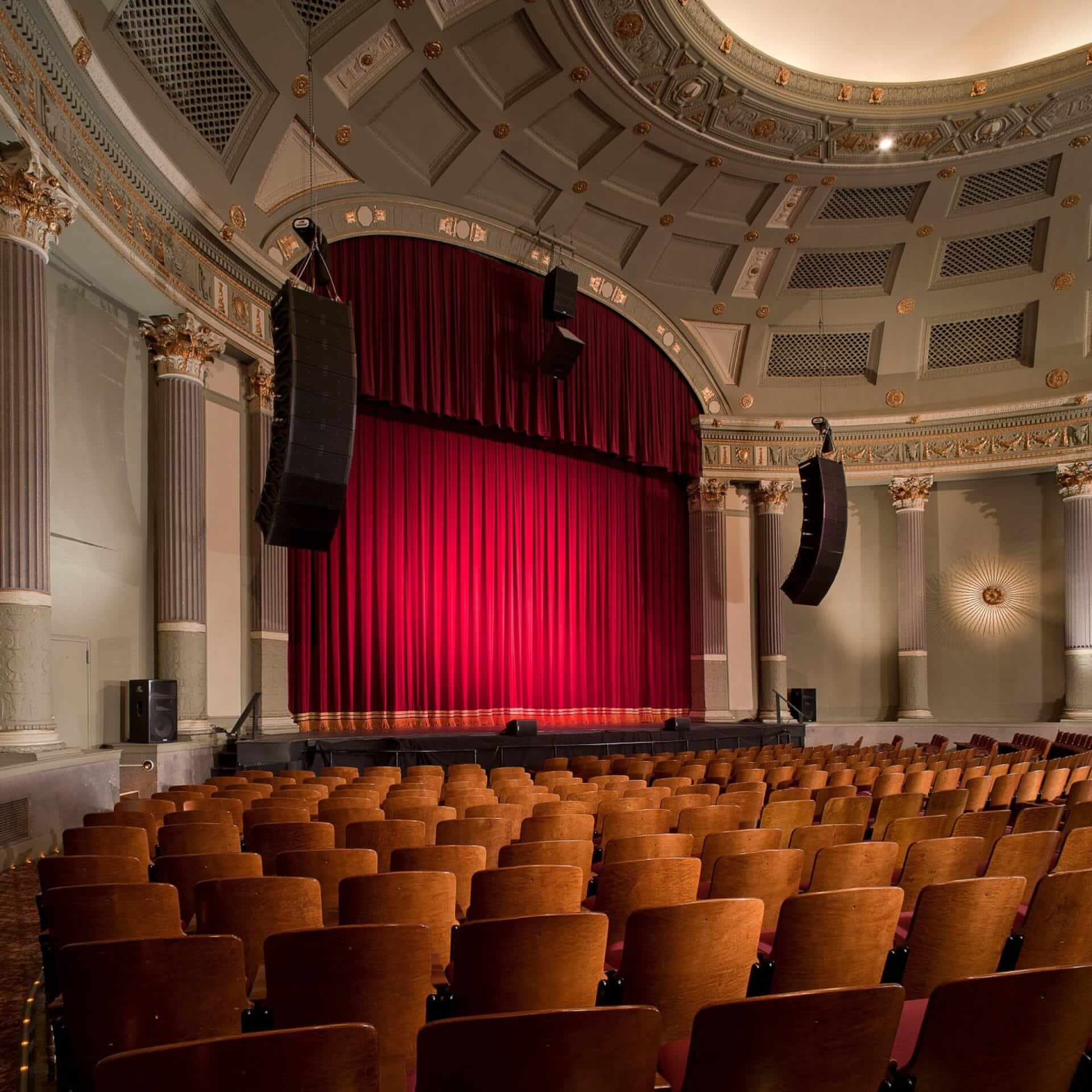
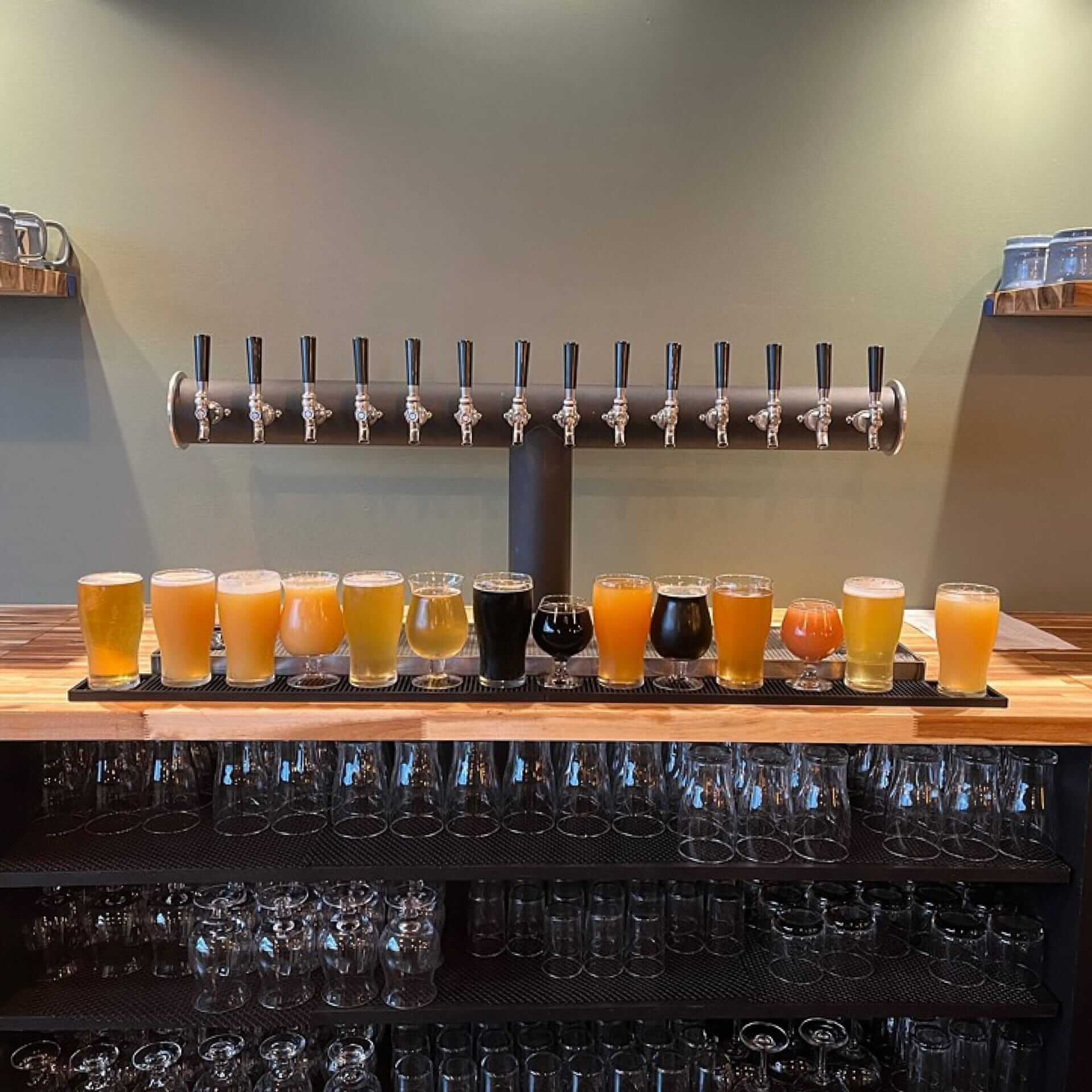
Dear Kingston is situated just steps from the Linear Park—a planned 0.8-mile asphalt pedestrian/bike trail along the abandoned Ulster & Delaware Railroad Corridor. When completed in 2024, the Linear Park will connect with the Empire State Trail.
In the late afternoon I headed downtown—to the charming region situated on the Rondout Creek. When the Delaware and Hudson Canal was built in 1828 to help ship coal from Pennsylvania and bluestone from the Catskills, the area burst with industry. Today, small boutiques and eateries have opened in the old buildings along the hilly streets. (I snagged a nice pair of earring for $12 at the Next Boutique, which has survived for almost 20 years in the Rondout.) I had great fun checking out the Hudson River Maritime Museum. You may want to also opt for the two-hour tour on SOLARIS, the museum’s solar-powered boat. (Buying a boat tickets gives you free museum admission.) The boat heads out to the 1915 brick Rondout Lighthouse, the last of three lighthouses marking the entrance to the Rondout Creek. Still fully operational as a navigational light, the Rondout is one of only seven lighthouses remaining on the Hudson River.
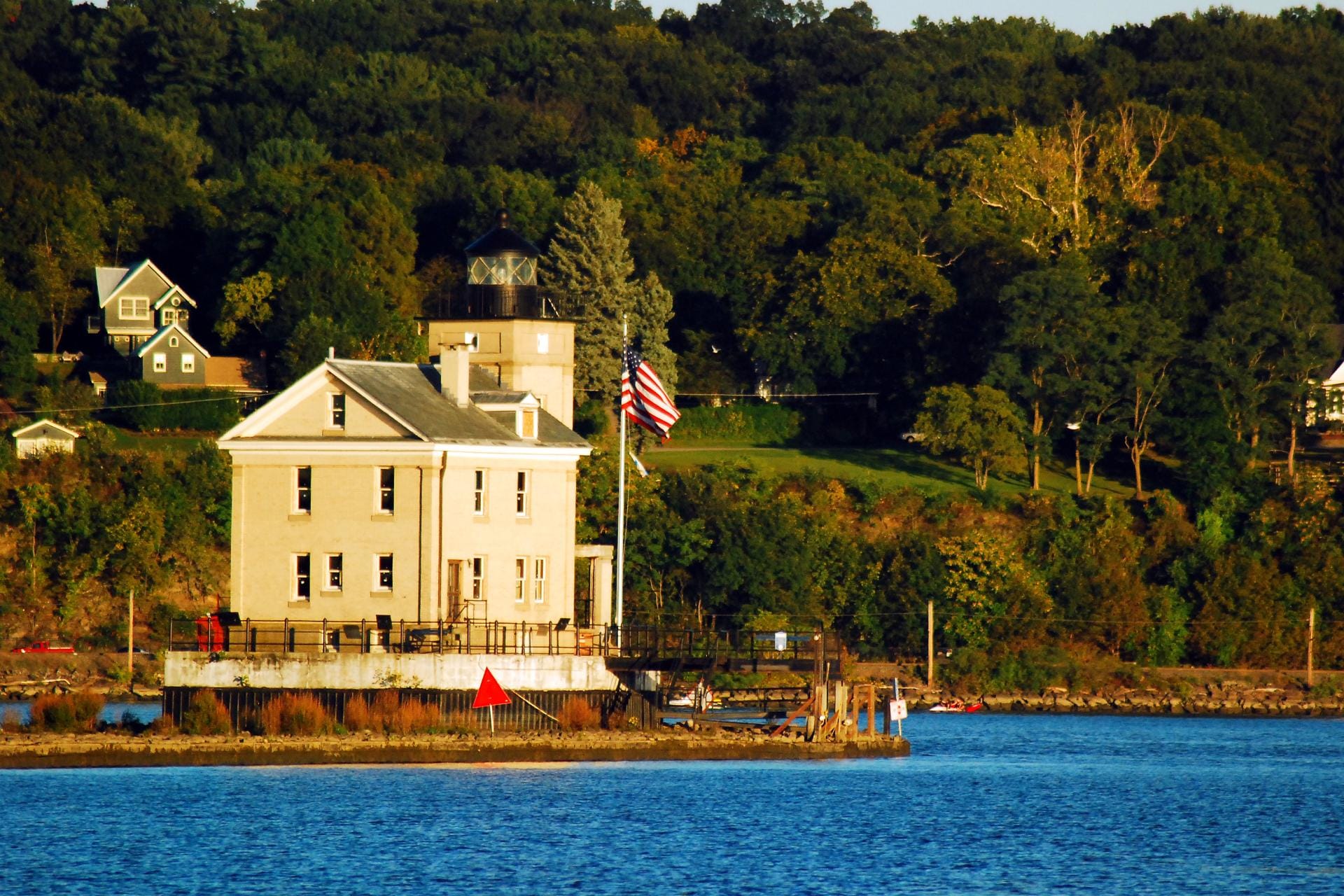
There are multiple dining options on the Rondout. The sprawling Mariner’s Harbor has been serving up seafood for more than three decades; my favorite special is $1.50 oysters on Thursdays. Serving up Southern favorites, Ole Savannah is housed in an oversized building that was once used to build and fix boats. Ask for a table overlooking the creek.
Enjoying all of Kingston in a single day is almost impossible. So I highly recommend an overnight at Hutton Brickyards Retreat & Spa. Like so many things in Kingston, this new resort—fashioned out of the crumbling remains of an old brick factory, is both fresh and fascinating. A unique, sprawling complex on the Hudson River, there are multiple lodging options—from sweet little cabins to a room in a restored mansion. Public brunch service started in May 2023.
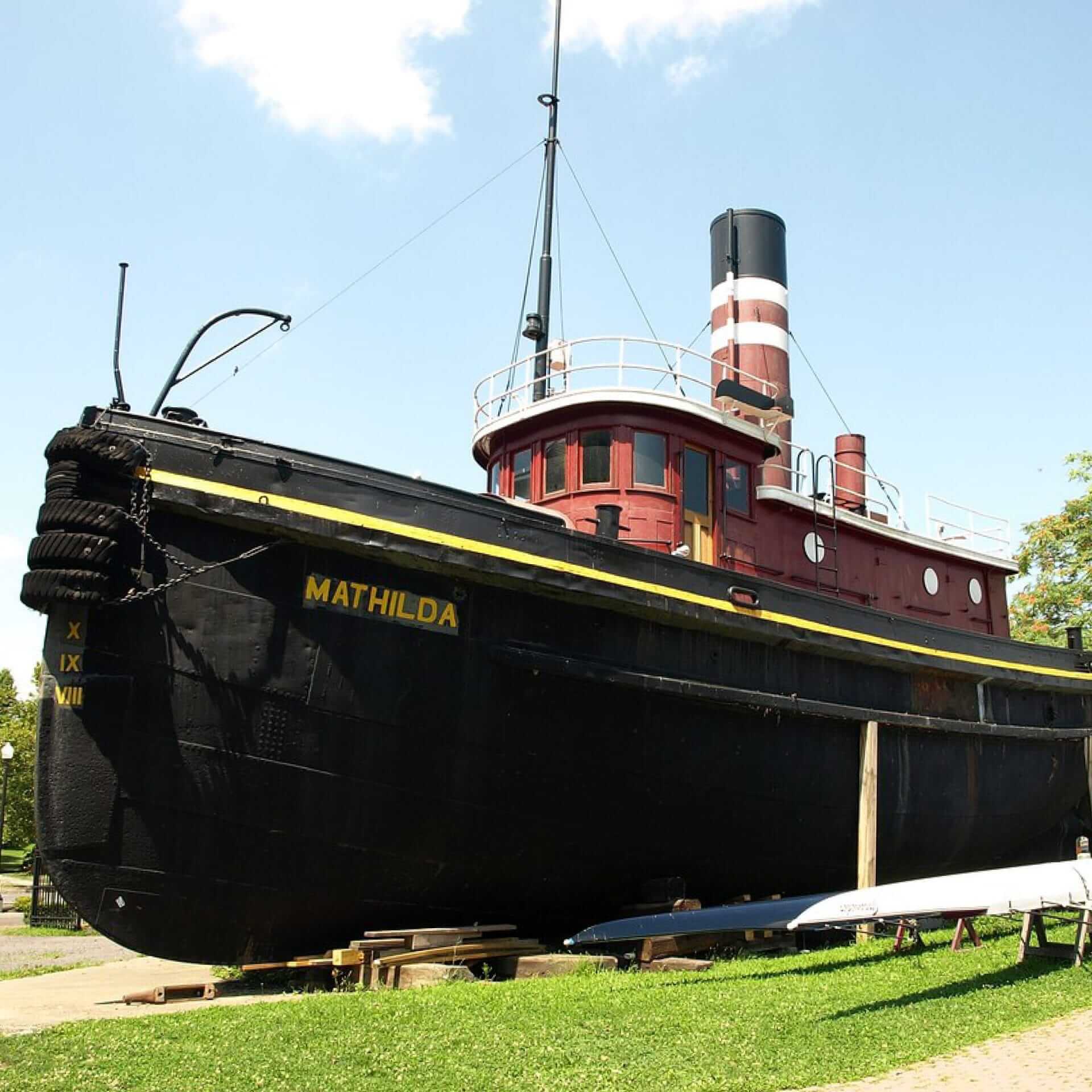
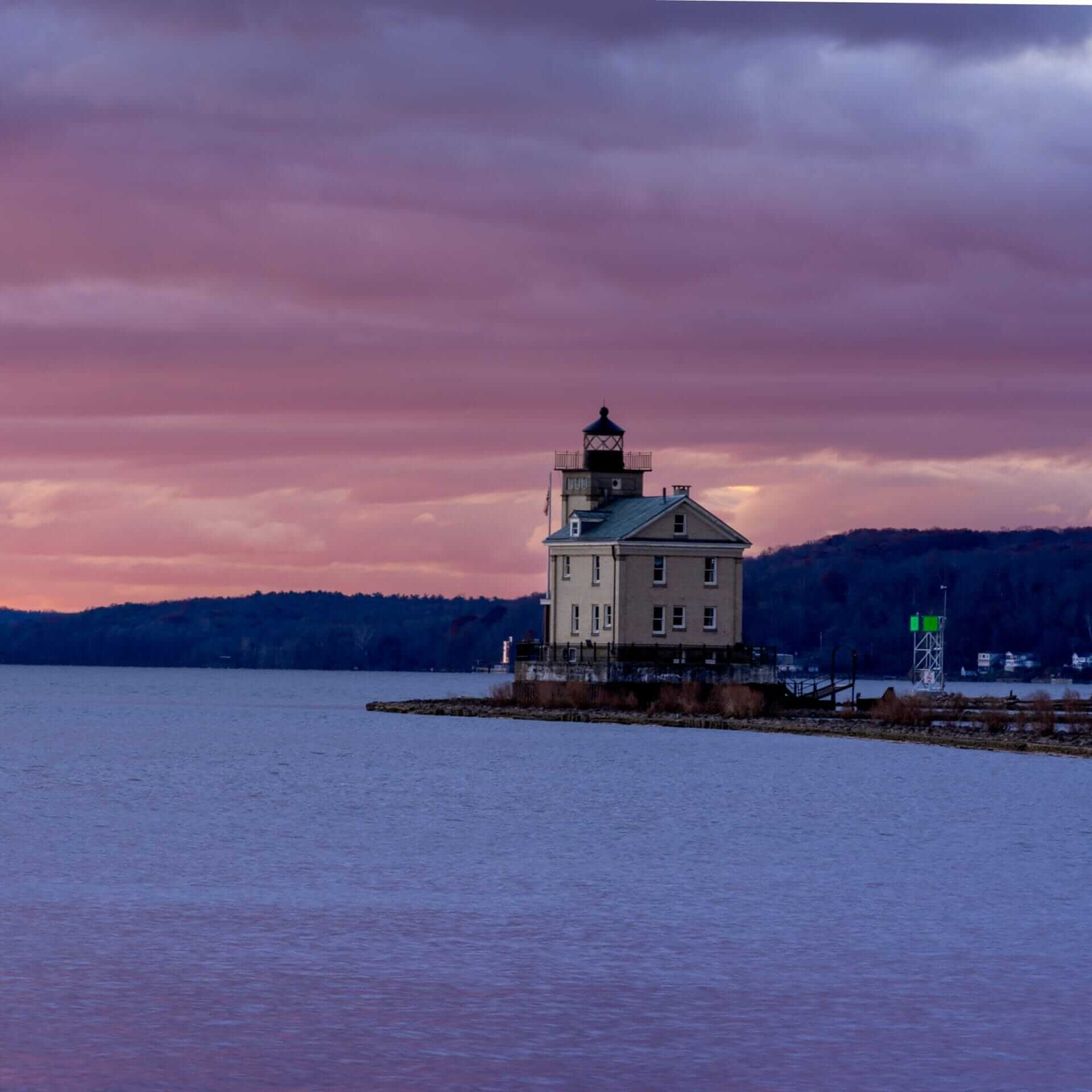
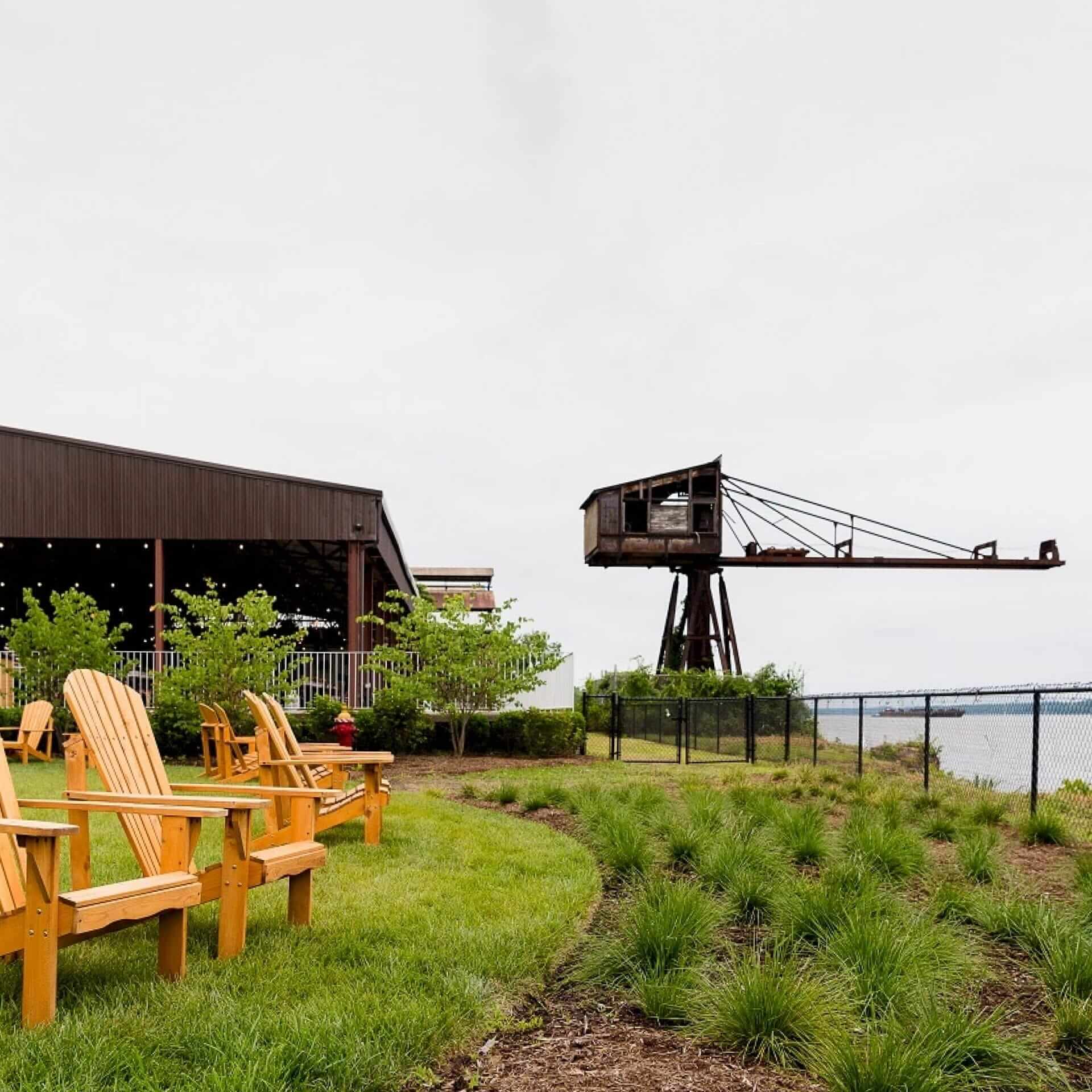
The City of Kingston is easily accessible by taking Amtrak to the Rhinecliff Station. Take advantage of the See New York and Save 15% discount.
Kingston is a 21-mile drive from the Rhinecliff Station. Pick up your reserved #NYTRAIN Enterprise Rent-a-Car right at the Rhinecliff-Kingston Station. Click here to reserve your car or call the Rhinecliff-Kingston office today at: 845-336-4700.
